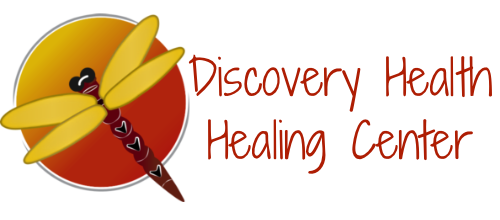NovoThor: Whole Body Light Therapy, Win a Free Session
Why is photobiomodulation delivered to your whole body so wonderful? Long story short, it helps your body to heal. Your cells have the ability to absorb red and infra-red light, and those cells love it, use it, and begin functioning normal again because of it!!
Photobiomodulation (PBM), also known as low-level laser therapy (LLLT) or red light therapy, works at the cellular level by stimulating various biological processes through the absorption of specific wavelengths of light. Here's how PBM works at a cellular level:
1. Absorption of Light
- Chromophores: Within cells, there are certain molecules called chromophores that are capable of absorbing light energy. Chromophores such as cytochrome c oxidase, flavins, and porphyrins are key targets for PBM.
- Specific Wavelengths: PBM utilizes specific wavelengths of light, typically in the red to near-infrared (NIR) spectrum (600-1000 nm), which are most effectively absorbed by these chromophores.
2. Activation of Cellular Processes
- Mitochondrial Stimulation: The absorbed light energy interacts with cytochrome c oxidase, a crucial enzyme in the electron transport chain of mitochondria. This interaction enhances the activity of cytochrome c oxidase, leading to increased production of adenosine triphosphate (ATP), the energy currency of cells.
- Increased ATP Production: Elevated ATP levels support cellular metabolism, protein synthesis, and other energy-dependent processes essential for cellular function and repair.
- Regulation of Redox Status: PBM influences cellular redox balance by modulating reactive oxygen species (ROS) and antioxidant enzyme activity, leading to a reduction in oxidative stress and enhanced cellular resilience.
3. Cellular Signaling Pathways
- Gene Expression: PBM can affect gene expression by activating or inhibiting specific signaling pathways involved in cellular repair, growth, and survival.
- Upregulation of Growth Factors: PBM stimulates the release of growth factors such as vascular endothelial growth factor (VEGF) and fibroblast growth factor (FGF), promoting angiogenesis (formation of new blood vessels) and tissue regeneration.
- Anti-Inflammatory Effects: PBM modulates inflammatory signaling pathways, leading to a reduction in pro-inflammatory cytokines and an increase in anti-inflammatory cytokines, thereby attenuating inflammation and promoting tissue healing.
4. Neurological Effects
- Neuroprotection: PBM has neuroprotective effects by enhancing neuronal survival, reducing inflammation, and promoting synaptic plasticity.
- Neurotransmitter Modulation: PBM influences neurotransmitter release and receptor sensitivity, potentially impacting mood, cognition, and neurological function.
5. Immune System Modulation
- Enhanced Immune Response: PBM can stimulate immune cell activity, such as macrophage phagocytosis and lymphocyte proliferation, leading to improved immune surveillance and defense against pathogens.
- Resolution of Inflammation: By promoting the resolution of inflammation and tissue repair processes, PBM supports immune system homeostasis and overall health.
6. Effects on Stem Cells
- Stem Cell Activation: PBM may stimulate the proliferation and differentiation of stem cells, contributing to tissue regeneration and repair in various organs and tissues.
- Tissue Engineering and Regenerative Medicine: PBM holds promise in enhancing the efficacy of stem cell therapies and tissue engineering approaches for regenerative medicine applications.
Conclusion
Photobiomodulation therapy exerts its effects at the cellular level by stimulating mitochondrial function, modulating cellular signaling pathways, and influencing gene expression. Through these mechanisms, PBM enhances cellular metabolism, supports tissue repair and regeneration, and modulates immune and inflammatory responses, contributing to its therapeutic benefits in various medical and clinical applications
